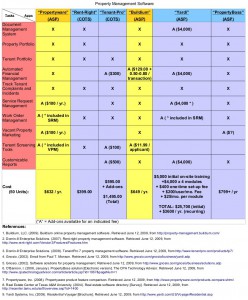Review: Information Technology
In his article, Carr (2003) discusses the economic growth versus ubiquity of Information Technology and the impact this has on corporate stability. Carr likens the emergence and innovation of Information Technology to that of the electric power grid and the continental railroad; where those who invest in emerging technology tend to initially out-pace their competition, the competitors who wait for standards to emerge from the same technology can steadily grow beyond at a lower cost. In contrast, those who do not adopt the standard of the innovation are unable to compete within the market and eventually fail.
Carr continues to describe business’ dwindling reliance Information Technology as a cutting-edge innovation and instead as a required commodity with the largest risk being overspending. This phenomenon is stated clearly in the economics law of diminishing marginal utility which states that, as one obtains more of a particular good, eventually the marginal utility declines. Businesses require Information Technology to stay competitive but are now required to focus on efficient use of the technology. As Carr states, the bubble has burst and the time of initial investment has passed.
Standards have been established and innovation will occur steadily and in stride. Like with electricity, businesses need to have Information Technology incorporated within their business model, but gone is the time of unfettered spending. A strong IT infrastructure is certainly a requirement in this age of computing, but there must be a plan in place to implement any further innovation and avoid overspending on a resource that may provide very little in the way of financial return. In the upcoming years of this young industry, IT professionals must learn to focus their efforts and clearly delineate needs and solutions.
Response: Information Technology
Does IT matter? In the age of computers, it, of course, matters. The real question is where does IT matter, or where can IT matter. In their editorial discussion, Grover et al. (2009) posits that there needs to be methods of allowing dissenting views to be heard and argued in a forum that fosters positive growth. Perhaps, in this domain, IT professionals can come together and provide positive solutions to serious problems effecting the information field.
Many other professions, young and old, face this same dilemma. As an example, in the 1980’s when firefighters changed their focus from fire suppression to fire prevention, their efforts were so overwhelmingly good that the incidence of residential and commercial fires decreased and there was no longer a need for so many firefighters. Luckily for the firefighters, there were other niches to fill, and firefighting jobs, though less specialized now, are no longer threatened for a lack of need (Falkenthal, 1999).
We need to find niches for IT. We need to understand where application of IT provides the best solutions. I put forth that IT professionals should be looking for ways to improve the non-IT world.
Carr, N. G. (2003). IT Doesn’t Matter. Harvard Business Review, 81(5), 41-49.
Falkenthal, G. (1999, March). It’s time for us to reclaim our fire service. Fire Engineering, 152(3), 32-35.
Grover, V., Straub, D., and Galluch, P. (2009). Turning the Corner: The Influence of Positive Thinking on the Information Systems Field. MIS Quarterly, 33(1), Iii-viii.


